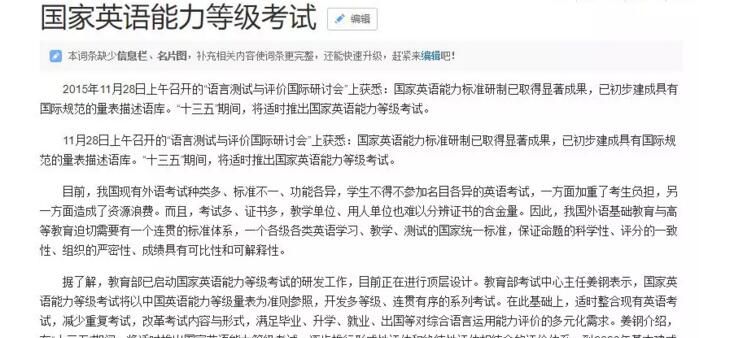LSAT模拟试题:LSAT模拟试题TEST3逻辑6c
|
13. If that insect is a bee, it can only sting once. It only did sting once. So it is a bee. Which one of the following exhibits a pattern of reasoning most similar to that in the argument above? (A) Spring is here. It has to be, because when it is spring, I cannot stop sneezing; and I just sneezed. (B) When the sky is clear, the atmospheric pressure is high. At the moment, it is clearing up, so the atmospheric pressure is bound to be high soon. (C) Old and brittle paintings are always moved with extreme care. That particular painting is never moved with extreme care. So it must not be old and brittle. (D) Only one more thunderstorm was needed to ruin that roof. But the roof was still fine a month later. There must not have been any thunderstorm over that month. (E) To survive in the wild requires physical stamina like Mark's. All the same, Mark's fear of spiders would prevent his survival. 14. Pamela: Physicians training for a medical specialty serve as resident staff physicians in hospitals. They work such long hours – up to 36 consecutive hours – that fatigue impairs their ability to make the best medical decisions during the final portion of their shifts. Quincy: Thousands of physicians now practicing have been trained according to the same regimen, and records show they generally made good medical decisions during their training periods. Why should what has worked in the past be changed now? Which one of the following, if true, is the most effective counter Pamela might make to Quincy's argument? (A) The basic responsibilities of resident staff physicians in hospitals have not changed substantially over the past few decades. (B) Because medical reimbursement policies now pay for less recuperation time in hospitals, patients in hospitals are, on the average, more seriously ill during their stay than in the past. (C) It is important that emergency-room patients receive continuity of physician care, insofar as possible, over the critical period after admission, generally 24 hours. (D) The load of work on resident physicians-in-training varies according to the medical specialty for which each is being trained. (E) The training of physicians should include observation and recognition of the signs indicating a hospitalized patient's progress or decline over a period of at least 36 hours. 15. When a group of children who have been watching television programs that include acts of violence is sent to play with a group of children who have been watching programs that do not include acts of violence, the children who have been watching violent programs commit a much greater number of violent acts in their play than do the children who have been watching nonviolent programs. Therefore, children at play can be prevented from committing violent acts by not being allowed to watch violence on television. The argument in the passage assumes which one of the following? (A) Television has a harmful effect on society. (B) Parents are responsible for the acts of their children. (C) Violent actions and passive observation of violent actions are not related. (D) There are no other differences between the two groups of children that might account for the difference in violent behavior. (E) Children who are treated violently will respond with violence. 16. It is repeatedly claimed that the dumping of nuclear waste poses no threat to people living nearby. If this claim could be made with certainty, there would be no reason for not locating sites in areas of dense population. But the policy of dumping nuclear waste only in the more sparsely populated regions indicates, at the very least, some misgiving about safety on the part of those responsible for policy. Which one of the following, if true, would most seriously weaken the argument? (A) Evaluation plans in the event of an accident could not be guaranteed to work perfectly except where the population is small. (B) In the event of an accident, it is certain that fewer people would be harmed in a sparsely populated than in s densely populated area. (C) Dumping of nuclear waste poses fewer economic and bureaucratic problems in sparsely populated than in densely populated areas. (D) There are dangers associated with chemical waste, and it, too, is dumped away from areas of dense population. (E) Until there is no shred of doubt that nuclear dumps are safe, it makes sense to situate them where they pose the least threat to the public. 17. A society's infant mortality rate is an accepted indicator of that society's general health status. Even though in some localities in the United States the rate is higher than in many developing countries, in the United States overall the rate has been steadily declining. This decline does not necessarily indicate, however, that babies in the United States are now, on the average, healthier at birth than they were in the past. Which one of the following reasons, if true, most strongly supports the claim made above about the implications of the decline? (A) The figure for infant mortality is compiled as an overall rate and thus masks deficiencies in particular localities. (B) Low birth weight is a contributing factor in more than half of the infant deaths in the United States. (C) The United States has been developing and has achieved extremely sophisticated technology for saving premature and low-birth-weight babies, most of whom require extended hospital stays. (D) In eleven states of The United States, the infant mortality rate declined last year. (E) Babies who do not receive adequate attention from a caregiver fail to thrive and so they gain weight slowly. |








